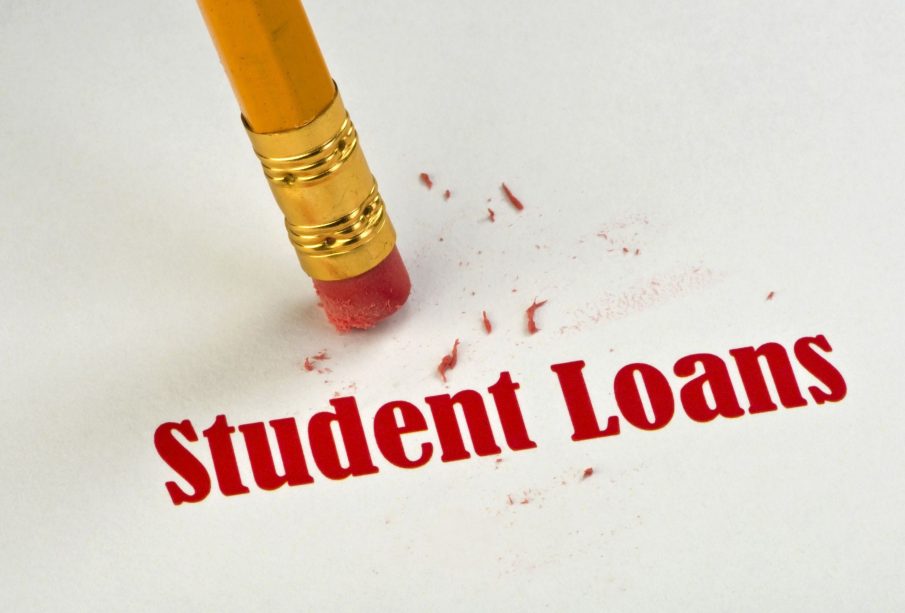Student Loan Payments May Restart Soon. Here’s How to Prepare

Americans have gotten a long break from federal trainee loan payments and interest throughout the COVID-19 pandemic– but the clock on that relief is scheduled to go out at the end of the year.
The U.S. Home– which is run by Democrats– has passed a $2.2 trillion coronavirus help plan that would permit student loan payments to remain on hold until Sept. 30, 2021, and would keep 0% rate of interest till then. It likewise would likewise offer approximately $10,000 of forgiveness on personal trainee loans per debtor.
But President Donald Trump tweeted on Tuesday that the White Home would suspend talks with the Democrats on a new COVID stimulus costs until after the election. He implicates House Speaker Nancy Pelosi of “not working out in excellent faith.”
That leaves an estimated 40 million debtors questioning if they’ll be on the hook for their student loans again when 2021 shows up.
If you’ve got student loan financial obligation, you must take actions now to clear out as much as you can, in case payments– and interest rates– return to pre-pandemic levels prior to a new relief measure is passed.
Here are a few things you can do to assist pay off your student loan financial obligation faster.
Take your payments off ‘time out’
While it may be appealing to utilize a remaining couple of months of the moratorium to take a break from your student loans, continuing to make your routine payments– or paying more than you normally do– is a wise idea if you can manage it.
Considering that the rates of interest on federal student loans are frozen at 0%, any payments you make now will go completely toward the principal of your loan.
That implies you’ll be able to take a much bigger piece out of your debt than you typically would.
Bear in mind that if you’ve got private trainee loans you’re likely to still responsible for your normal payments unless your lending institution has provided you a forbearance period.
Even then, your loan will be accruing interest, so you need to continue to make your regular payments if possible.

Refinance private loans
If your student loans are from a personal lending institution, you might be able to cut down your regular monthly expense by refinancing your loan at a lower rate.
Whether you certify for refinancing will mostly depend upon your credit rating and your current earnings.
If you’re not sure about your credit rating, there are websites that will let you examine it totally free online and give you personalized pointers on how to improve it if it’s not in excellent shape.
Even if you’ve lost your task due to the pandemic, you might still be eligible for a refi if you can demonstrate investment income or earnings from a side gig, or find a co-signer to back your application.
To get the best rate on a refinanced trainee loan, it is very important to go shopping around and compare quotes from numerous lending institutions using a free service like Reliable.
Simply bear in mind that refinancing is not a choice if you have got a federal student loan, and replacing a federal loan with a private loan will make you ineligible for any additional loan relief procedures from the government– that is if they ever show up.
Change up your payment plan
You might be able to clear out your trainee loan financial obligation quicker by switching up your present payment strategy.
Although an income-driven payment strategy can help to make your routine payments more affordable, switching to a standard payment plan might assist you to end up being debt-free quicker– if you have the ability to pay a bit more each month.
This choice might not be ideal for everybody, particularly if you think your income could be affected must another COVID-19 lockdown take place.
Regardless of which payment plan you’re on, you should make certain to enlist in autopay if you’ve got a federal student loan.
Signing up for automated deposits will qualify you for a 0.25% rate of interest reduction, which might be really useful if rates go back to their pre-COVID levels at the end of the year.






